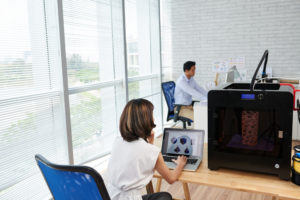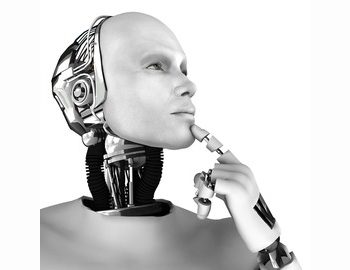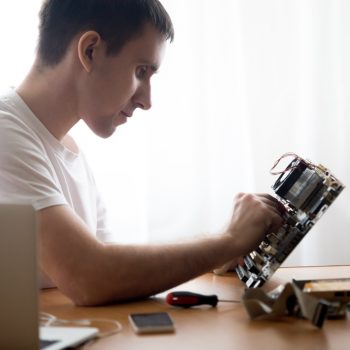There are several reasons why startups choose virtual prototyping over traditional processes. Startups are agile and tend to look for ways to create and launch products as soon as possible, while most product development processes are iterative in nature. Before a final design is selected, you may need to create numerous prototypes. And while physical prototypes take time and effort, virtual prototyping provides a great solution that allows creating and designing several iterations quickly. Many hardware startups have been able to significantly reduce their time to market and their costs of production by using virtual prototyping software. Additionally, virtual prototyping helps in creating defect-free products because of the ability to test the products, and packaging, in various edge case scenarios like extreme heat or pressure.
With modern tools like ANSYS simulation software, physical and virtual prototyping can be combined. ANSYS is inviting hardware and IoT startups to join a customized Startup Program, where eligible startups can get access to a complete bundle of simulations tools.
The Benefits of Virtual Prototyping
For hardware and IoT startups, cost and time are both critical resources. Most startups should focus on reducing the time to market and launch faster. They aim to quickly offer their products to clients so that they can get into revenue generation mode. Here are some specific benefits of virtual prototyping:
Cost effective: Virtual prototyping can drastically reduce costs since the need for creating physical prototypes is reduced. Physical prototypes are expensive and resource consuming. Building multiple prototypes virtually using countless possibilities is less resource intensive than producing physical products which may require the purchase of expensive prototyping and testing equipment. Additionally, design errors can be highlighted in the initial software modeling phases which can greatly reduce long term costs. Read more about how you can reduce costs for your hardware startup.
Time saving: Time to market reduces when creating and testing prototypes virtually. The product development phase becomes concise and effective with shorter and quicker product development cycles. Read more about how virtual prototyping helps in product design process for startups. Virtual prototyping also empowers startups to allocate more of their resources and efforts toward developing innovative technology and products since the exhaustive needs of physical prototyping are alleviated. This provides startups an additional competitive edge in getting their products to markets faster.
Error-free product and feasible testing under a variety of conditions: Higher quality hardware products are produced when using simulation software since it helps you examine all possibilities of failure. It also enables startups to identify design flaws that may not be apparent during physical prototyping and testing.
Additionally, engineers using virtual prototyping are able to test under many different conditions which may be difficult to simulate for physical testing. For example, conditions like very high or low temperatures, extreme humidity levels, or high pressures can be easily simulated with simulation software but difficult to reproduce for physical prototyping. Human errors are also reduced while using virtual prototyping since it is a largely automated process.
Easy and quick iterations and outputs: Product design requires numerous iterations. With software like ANSYS, outputs are very fast, keeping the team’s tempo up. Changing variables in software is relatively easy in comparison to physical models.
Better collaboration between teams, virtually: In today’s dynamic times, most teams are spread across geographies. In such cases, physical prototyping and analysis can be difficult to collaborate on. While due to using simulation software, the entire product team can easily work together and brainstorm in resolving issues.
Faster deal closures: Deal closures are faster when the investors are able to visualize a virtual product instead of waiting around for a physical product to finish. Not only that, being able to show a product to prospective clients can also be easily achieved.
Conclusion
Virtual prototyping can offer a smarter way of working for early stage companies and startups. When products move to more complex stages, it can become difficult to keep track using physical prototyping. Apart from improving engineering efficiency, virtual prototyping can greatly reduce time, cost, and effort, all crucial factors for startups.
Many startups may feel that simulation software is expensive, but in the end, it can help reduce the cost of physical prototypes and testing. Companies like ANSYS even offer a special program for eligible startups and provide their software at a highly discounted price for those eligible to join their program. This provides a great opportunity for startups to create great products using simulation software.



